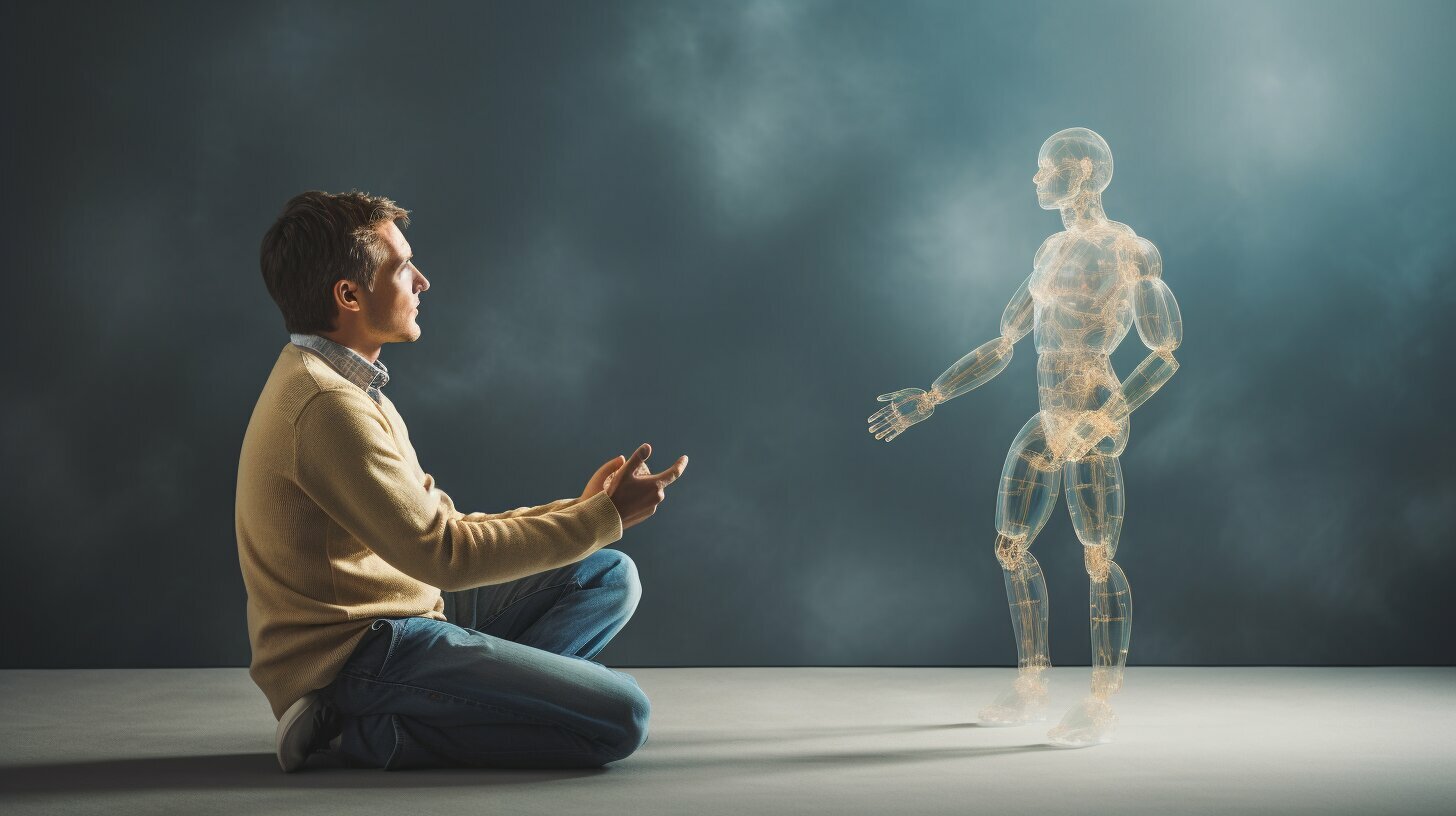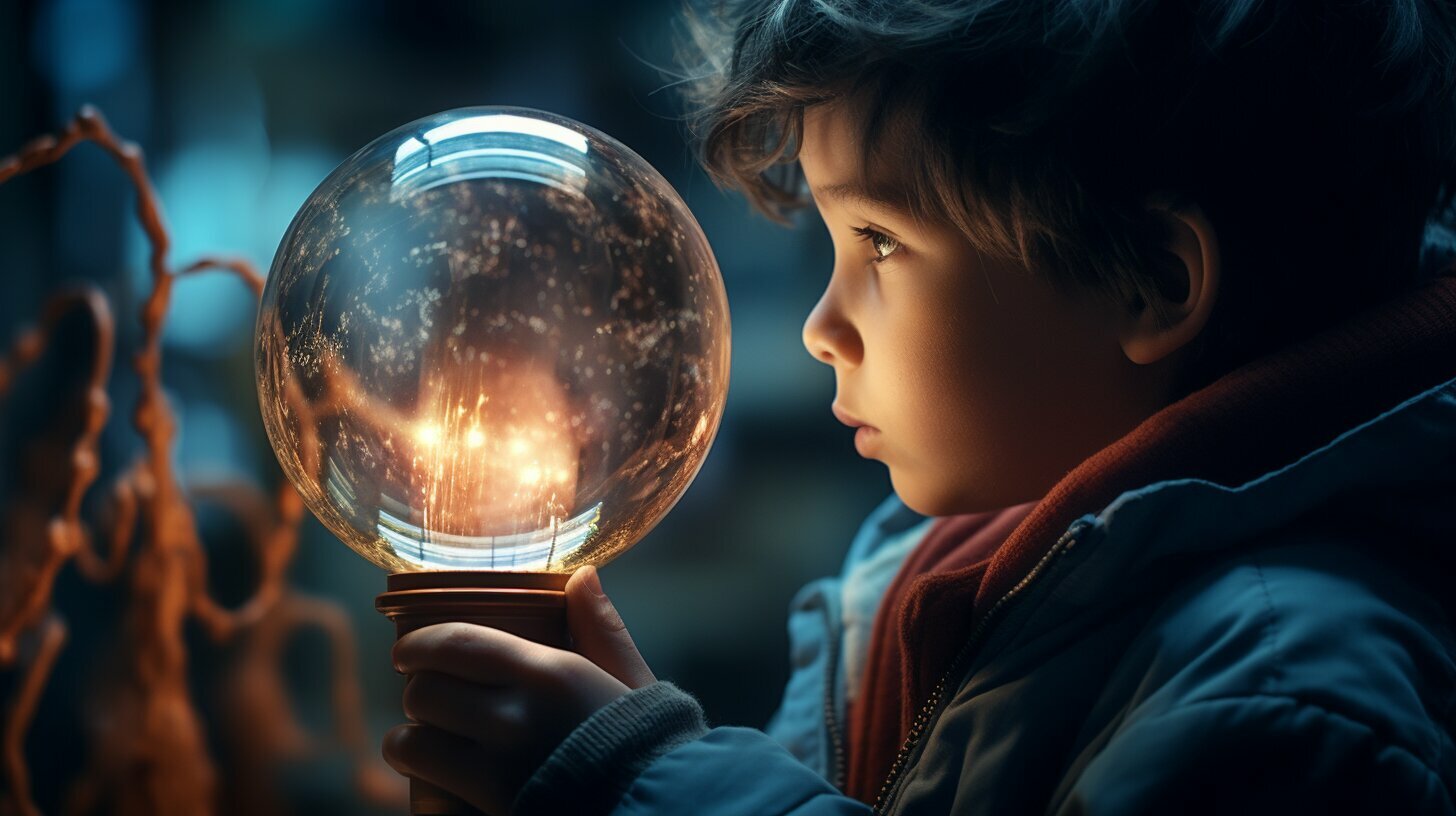Explaining scientific concepts to children can be a challenge, but with the right approach, it can be a fun and engaging experience. In this article, we’ll provide you with tips and tricks to help you explain the concept of radioactivity to your child in a simple and relatable way.
By using everyday examples and hands-on activities, you can help your child understand the basics of radioactivity, including what it is, how it works, and its effects on living organisms. We’ll also share fun experiments and stories of famous scientists to spark your child’s interest in this fascinating area of science.
Key Takeaways
- Explaining radioactivity to a child can be done in a fun and engaging way
- Use everyday examples and hands-on activities to help your child understand
- Discuss the basics of radioactivity, including what it is, how it works, and its effects on living organisms
- Engage your child’s curiosity with fun experiments and stories of famous scientists
What Is Radioactive?
In simple terms, radioactivity refers to the process by which certain atoms release energy in the form of particles or waves. These atoms are called radioactive isotopes, and they can be found in nature or created in a lab. Radioactivity is a natural phenomenon that has been occurring on Earth since its formation, and it is an important topic in the world of science.
Atoms are made up of three types of particles: protons, neutrons, and electrons. Protons and neutrons are located in the nucleus, while electrons orbit around it. The number of protons in an atom determines what element it is, while the number of neutrons can vary, creating different isotopes of that element.
Radioactive isotopes have an unstable nucleus, which means they are constantly releasing energy in an attempt to become more stable. This process is called radioactive decay, and it can lead to the emission of different types of particles or waves, such as alpha, beta, or gamma particles.
Understanding radioactivity is important because it has many practical applications, such as in medicine for cancer treatment or in nuclear energy production. However, it is also important to handle radioactive materials safely and responsibly to avoid potential health risks.
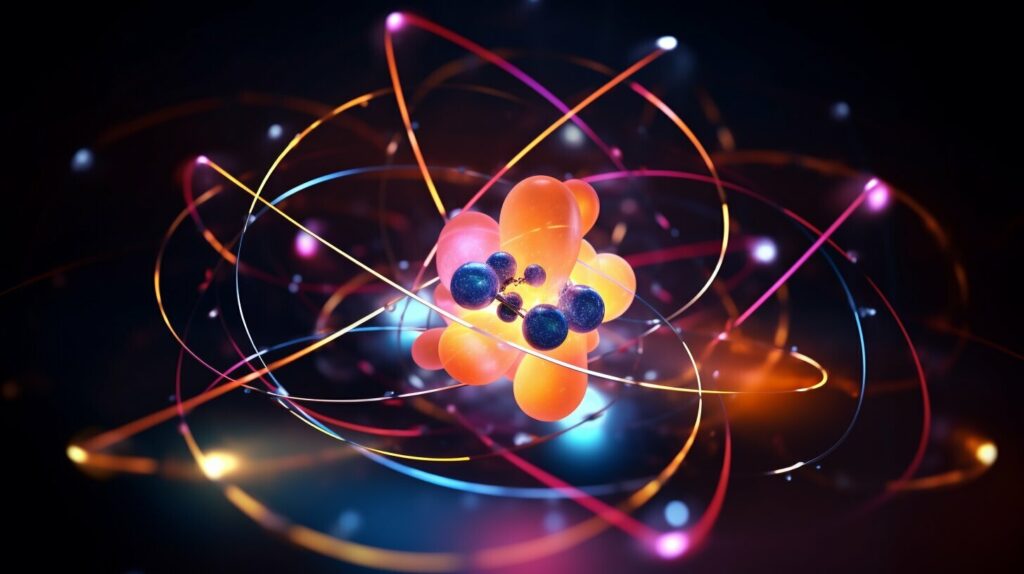
Explaining Radioactive Materials
Now that your child understands the basic concept of radioactivity, it’s time to focus on explaining radioactive materials. Radioactive materials are elements that emit radiation. This radiation can be harmful if not handled properly.
It’s important to teach your child how to identify and handle radioactive materials safely. Start by explaining that not all materials that emit light or glow in the dark are radioactive. Some materials, such as glow-in-the-dark stickers or toys, contain phosphorescent materials that emit light without emitting radiation.
| Common radioactive materials your child may encounter: | How to handle safely: |
|---|---|
| Uranium | Avoid direct contact; store in a secure location. |
| Radon gas | Ventilate living spaces; test for levels in your home. |
| X-ray machines | Follow instructions and wear protective gear when necessary. |
It’s also important to explain why these materials are used and the potential risks associated with their use. For example, uranium is used as fuel in nuclear power plants, but can also be used to make nuclear weapons. Radon gas is a naturally occurring radioactive gas that can seep into homes and cause lung cancer.
By providing your child with this knowledge, they can become responsible and informed about the safe handling and use of radioactive materials.
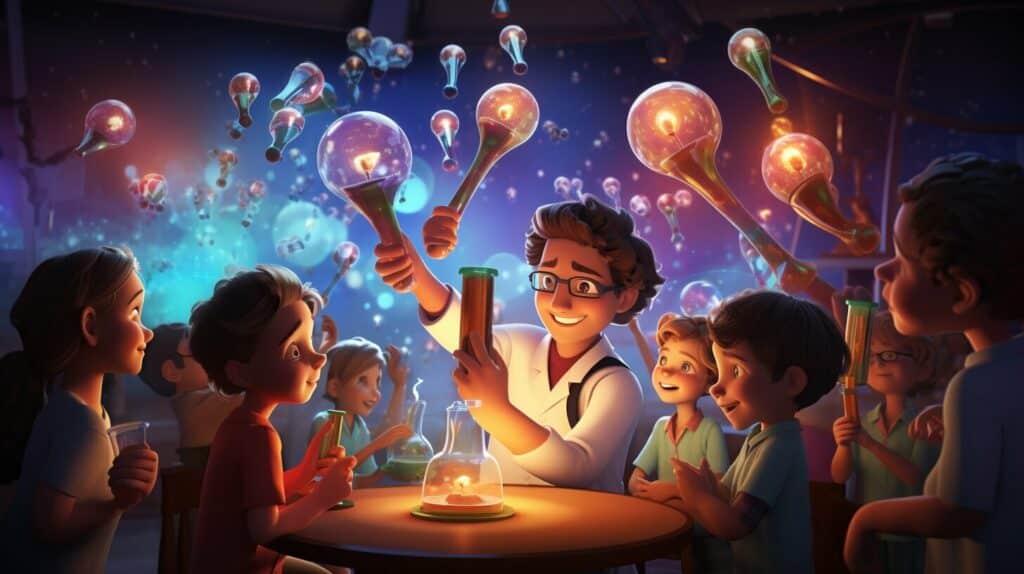
How Does Radiation Work?
Now that your child understands the basic concept of radioactivity, let’s dive deeper into how radiation works. Radiation is the process by which energy is emitted from the nucleus of an atom in the form of particles or waves. These particles or waves are what we refer to as radiation.
There are three main types of radiation: alpha particles, beta particles, and gamma rays. Alpha particles are made up of two protons and two neutrons and have a positive charge. Beta particles are similar to electrons and have a negative charge. Gamma rays are a type of electromagnetic radiation and have no charge.
Alpha particles and beta particles can be stopped by a sheet of paper or a thin piece of aluminum, but gamma rays are much more penetrating and require thicker shielding, such as concrete or lead.
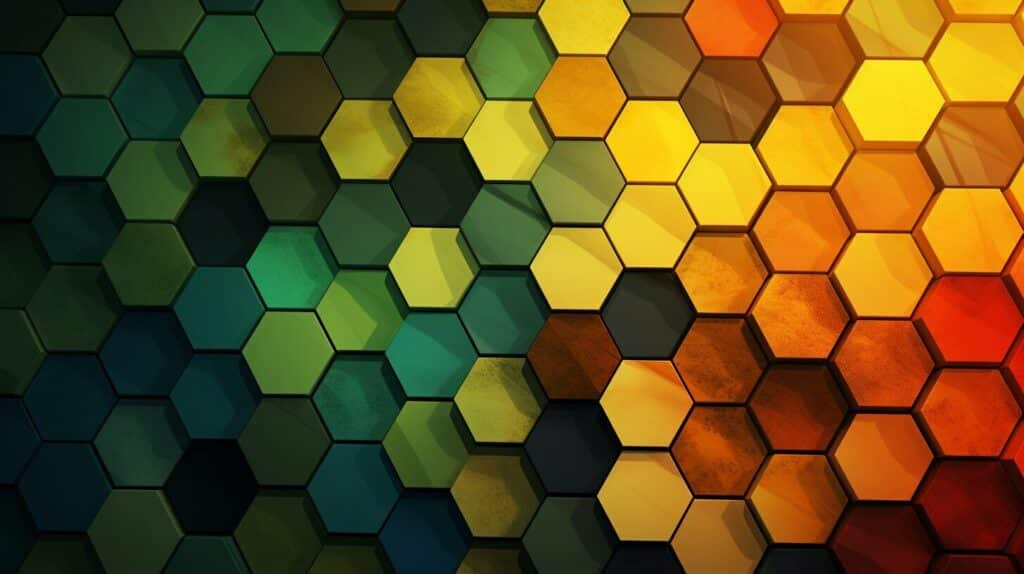
It’s important to note that not all radiation is harmful. In fact, we are exposed to natural sources of radiation every day, such as cosmic radiation from the sun and radon gas in the air. However, high levels of radiation can be dangerous and can lead to health problems.
Teaching your child about radiation and how it works can help them better understand the world around them and appreciate the importance of safety measures when dealing with radioactive materials.
How Radioactivity Affects Us
It is important to understand how radioactivity affects living organisms. Radiation can have both positive and negative effects on the human body, depending on the amount and duration of exposure.
The potential dangers of radiation include an increased risk of cancer and damage to the genetic material of cells. However, radiation also has beneficial uses, such as in medicine for diagnosing and treating illnesses and in energy production.
It is crucial to take safety precautions when dealing with radioactive materials to minimize exposure. This includes wearing protective gear, handling materials with care, and following proper disposal procedures.
By understanding the potential effects of radioactivity on our bodies and the importance of safety measures, we can safely harness the benefits of radiation while minimizing the risks.
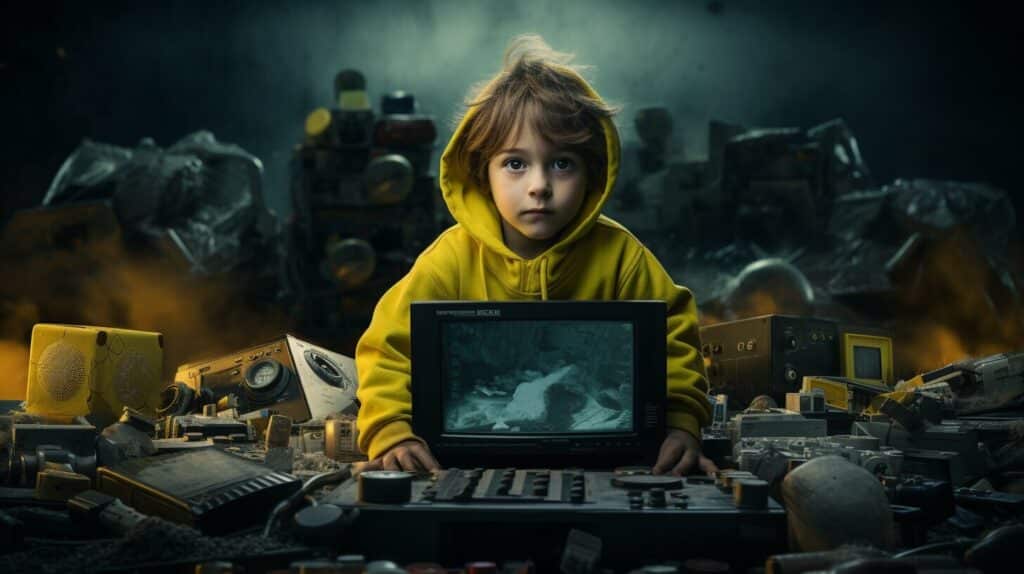
“Radiation is not to be feared, but respected.” – Mahatma Gandhi
Fun Experiments with Radioactivity
Engage your child’s curiosity by conducting simple experiments related to radioactivity. These experiments can be done using safe and easily accessible materials, such as glow-in-the-dark objects or household items. Explain the science behind each experiment in a way that is easy for your child to understand. Here are some ideas:
| Experiment | Materials | Description |
|---|---|---|
| Glow Stick DNA | Small glow sticks, clear plastic cups, water | Add small pieces of broken glow stick to water in clear plastic cups. Mix with a rod and pour into a mold with a spiral. When the glow mixture has settled, remove the mold and observe the glowing spiral. |
| Radioactive Salt | Salt, black light, clear plastic cups or containers | Add salt to the clear plastic cups or containers. Shine a black light on them and watch as the salt glows brightly, like a radioactive material. Explain that this happens because of the ultraviolet light in the black light, which excites the electrons in the salt molecules. |
| Radioactive Rocks | Rocks or pebbles, Geiger counter | With a Geiger counter, test some rocks or pebbles around your home or at a local park, and see if you can detect any natural radioactivity. Discuss different levels of radiation and common sources of natural and man-made radiation. |
These experiments are a great way to create hands-on experiences that help children understand radioactivity in a fun and engaging way. Remember to always supervise your child during these experiments and handle all materials safely.
Don’t have any of these materials on hand? No problem. You can also visit your local science museum or science center to explore more advanced experiments with radioactive materials. They often have interactive exhibits and educational programs that offer an exciting and immersive learning experience.
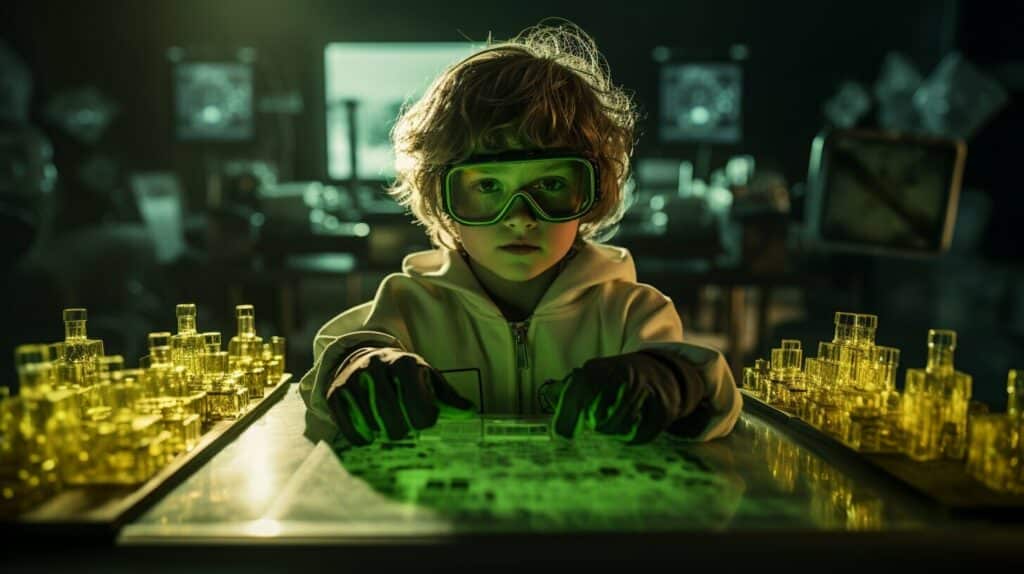
Famous Discoveries in Radioactivity
Radioactivity has been a subject of fascination for scientists for over a century. Many famous scientists have contributed to our understanding of this phenomenon. One of the most notable pioneers in this field was Marie Curie.
Marie Curie was a Polish physicist and chemist who became the first woman to win a Nobel Prize. She conducted groundbreaking research on radioactivity, discovering the elements radium and polonium, and developing techniques for isolating radioactive isotopes.
Her work not only advanced our knowledge of radioactivity but also had practical applications in medicine. Her discovery of radium led to the development of radiation therapy for cancer.
Another important figure in the history of radioactivity is Ernest Rutherford.
Ernest Rutherford was a New Zealand-born physicist who is known as the father of nuclear physics. He conducted experiments that led to the discovery of the nucleus and the proton, and he proposed the concept of radioactive decay.
His discoveries furthered our understanding of the structure of atoms and the nature of radioactivity. Today, his work continues to influence research in nuclear physics and related fields.

Other notable scientists who made significant contributions to the study of radioactivity include Henri Becquerel, who discovered natural radioactivity, and Lise Meitner, who explained the process of nuclear fission.
These scientists and their discoveries have had a significant impact on our understanding of radioactivity and its applications in various fields. Their work continues to inspire current and future generations of scientists to explore the mysteries of the universe.
Addressing Common Concerns
If your child has any concerns or misconceptions about radioactivity, it’s important to address them and provide accurate information. While radiation can be harmful in certain situations, there are safety measures in place to protect us. Here are some common concerns and how to address them:
Is Radiation Everywhere?
Yes, radiation is present everywhere in our environment, but some sources are more significant than others. While we are constantly exposed to small amounts of radiation from sources like the sun and rocks, the levels are usually not harmful. It’s important to remember that not all radiation is the same, and some types can be more dangerous than others.
Can I Get Sick from Radiation?
Exposure to high levels of radiation can be harmful to your health, and it’s important to avoid unnecessary exposure. However, the risk of getting sick from low levels of radiation is fairly small. The amount of radiation you receive from things like X-rays or flying on an airplane is usually not enough to cause harm. It’s always a good idea to follow safety guidelines and get information from reliable sources.
Is Nuclear Power Safe?
Nuclear power can be a safe and clean source of energy when handled properly. Safety protocols are in place to minimize the risk of accidents and leaks. However, accidents like the one at Chernobyl have shown that there are risks involved with nuclear power. It’s important to continue researching and improving safety measures to ensure that nuclear power remains a safe option for the future.
By addressing your child’s concerns and providing accurate information, you can help them understand the role of radioactivity in our world and how to stay safe. Remember to always use reliable sources and encourage your child to ask questions and learn more.
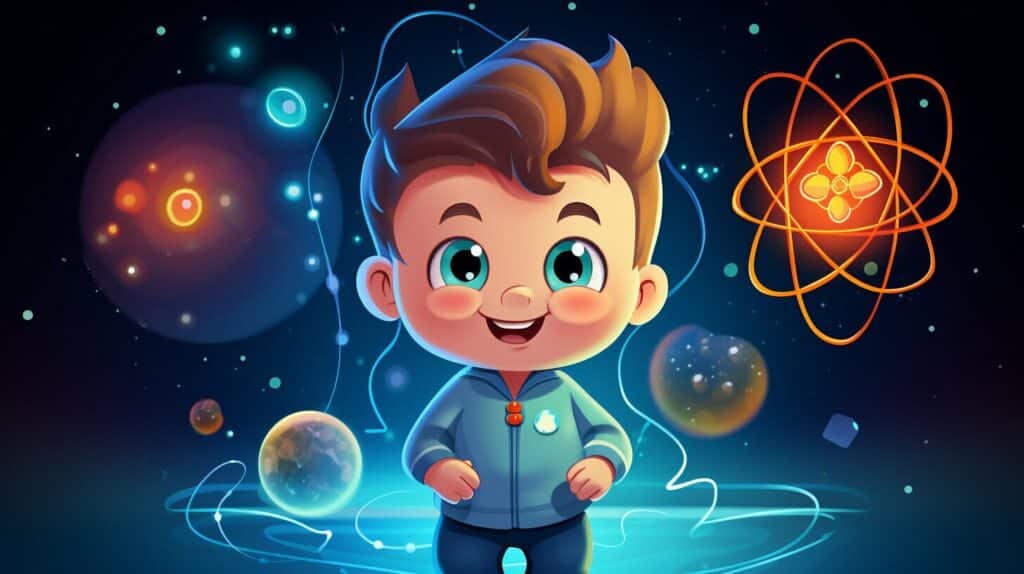
Conclusion
Congratulations! You have successfully explained the concept of radioactivity to your child in a fun and engaging way. Remember, it’s important to break down complex topics into simple language and relatable examples. By doing so, you have helped your child gain a basic understanding of atoms, radiation, and radioactive materials.
Don’t be afraid to continue exploring the world of science with your child. Conduct simple experiments together, discuss famous discoveries, and address any concerns or misconceptions your child may have. By showing them that science can be fun and approachable, you can inspire a lifelong love of learning.
Are the Tips for Explaining Chemicals to a Child Applicable to Explaining Radioactivity?
Explaining chemicals to a child requires fun and simple chemical explanations to engage their curiosity and comprehension. However, when it comes to explaining radioactivity, a different approach may be needed. While some concepts like atoms and energy can be introduced similarly, radioactivity involves complex principles that may require more age-appropriate language and context. Simplifying the topic without compromising accuracy is crucial, ensuring the child can grasp the basic concept of radioactivity while understanding potential risks and safety measures.
FAQ
Q: How can I explain radioactivity to a child in a fun and easy way?
A: Start by introducing the concept of radioactivity using everyday examples. Use simple language and engaging activities to help your child understand the idea of atoms and their inner workings.
Q: What does radioactive mean?
A: Radioactive refers to materials that can emit radiation. These materials have certain elements that release energy in the form of particles or waves. It’s important to handle radioactive materials safely.
Q: How does radiation work?
A: Radiation works by emitting particles or waves that can travel through different materials. There are different types of radiation, such as alpha, beta, and gamma particles. Visual aids like diagrams or videos can help your child visualize this concept.
Q: How does radioactivity affect us?
A: Radioactivity can have both dangers and benefits. It’s important to understand the effects of radiation on living organisms. Discuss the potential hazards and the beneficial uses of radiation, such as in medicine and energy production.
Q: What are some fun experiments with radioactivity?
A: You can engage your child’s curiosity by conducting simple experiments related to radioactivity. Use safe and easily accessible materials like glow-in-the-dark objects or household items to explain the science behind each experiment in an easy-to-understand way.
Q: Can you share any stories of famous discoveries in radioactivity?
A: Certainly! There have been many famous scientists who have made groundbreaking discoveries in the field of radioactivity. By sharing their stories, you can inspire your child’s interest in science and show how their work has shaped our understanding of this topic.
Q: How can I address common concerns about radioactivity?
A: It’s important to address any concerns or misconceptions your child may have about radioactivity. Explain that while certain sources of radiation can be harmful, there are safety measures in place to protect us. Encourage your child to seek information from reliable sources and follow guidelines for safe handling of radioactive materials.




